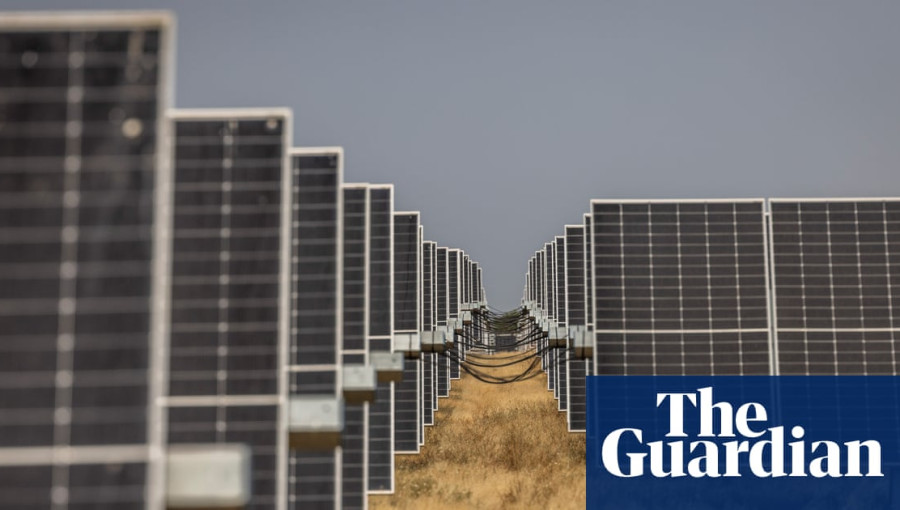A wave of community-led energy projects is transforming Spain’s power landscape, as local cooperatives leverage solar power to deliver cheap, clean electricity to residents. These initiatives, supported by government and EU funding, are particularly focused on alleviating fuel poverty by making renewable energy accessible to the most vulnerable households. Pioneering groups from Catalonia to Galicia are installing solar panels on public buildings, creating a decentralized network that is rapidly expanding and providing a model for socially conscious energy production.
What started as a small agricultural project in the Catalan town of Taradell has evolved into a leading example of this community energy movement. A local cooperative, Taradell Sostenible, now comprises over 100 members and provides power to a similar number of households. According to the cooperative’s president, Eugeni Vila, a key objective was ensuring the benefits reached low-income families. To achieve this, the standard €100 membership fee was reduced to just €25 for residents officially designated as financially vulnerable, granting them access to the low-cost electricity generated by solar panels installed on a local sports and cultural center.
This grassroots energy revolution has been significantly boosted by a shift in government policy. Spain’s notorious “sunshine tax,” a 2015 measure that penalized individual solar power generation, was abolished in 2018. Since then, energy self-sufficiency has surged seventeen-fold. The government’s Institute for the Diversification and Saving of Energy (IDAE), utilizing funds from the EU’s Next Generation program, is now prioritizing the development of community projects over individual home installations. An initial €148.5 million has been allocated to support approximately 200 such community initiatives across the country.
A critical recent change that has accelerated this trend is the expansion of the permitted energy distribution radius from 500 meters to 2,000 meters (approximately 1.24 miles). This allows solar panels on public rooftops, warehouses, or sports facilities to serve a much wider area of nearby homes and businesses. This model is especially effective at tackling fuel poverty, as it allows households that cannot afford the typical €5,000-€6,000 upfront cost of a private solar panel system to benefit from renewable energy. The IDAE also encourages these autonomous groups to form networks, with the Taradell cooperative already collaborating with two neighboring communities to share knowledge and resources.
The impact of this policy is being felt nationwide. On the island of Ons, located 1,150 kilometers (about 715 miles) away on the Atlantic coast, the community of 92 residents will soon replace its sole diesel generator with a solar power system. José Antonio Fernández Bouzas, head of the Atlantic Islands national park, confirmed that subsidies will fund the installation of solar panels on municipal buildings to supply the island’s predominantly elderly population. This approach not only provides clean, affordable energy but also reduces transportation costs and pollution associated with large-scale energy farms and makes the national grid more resilient.

